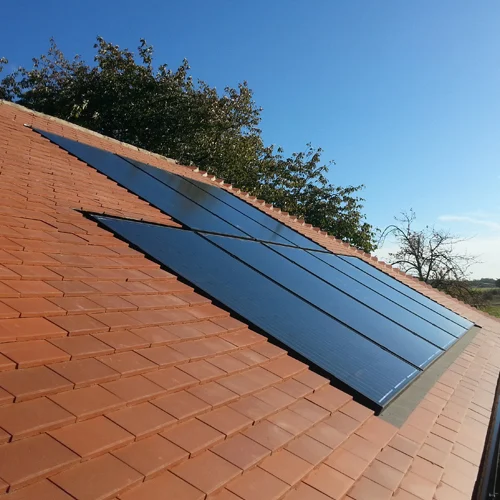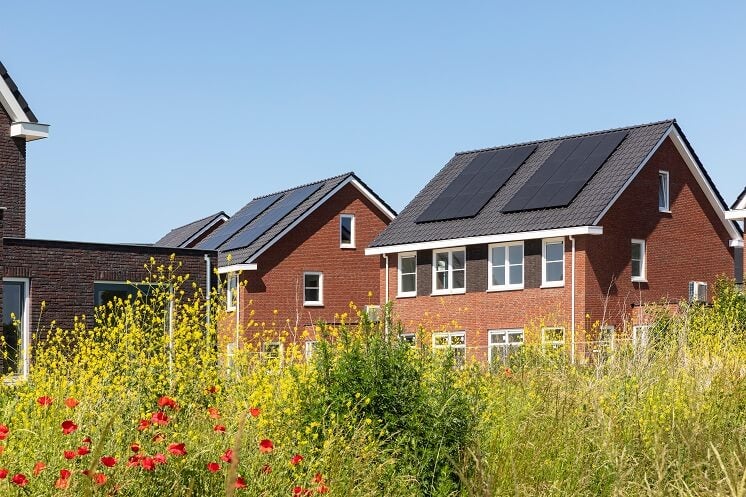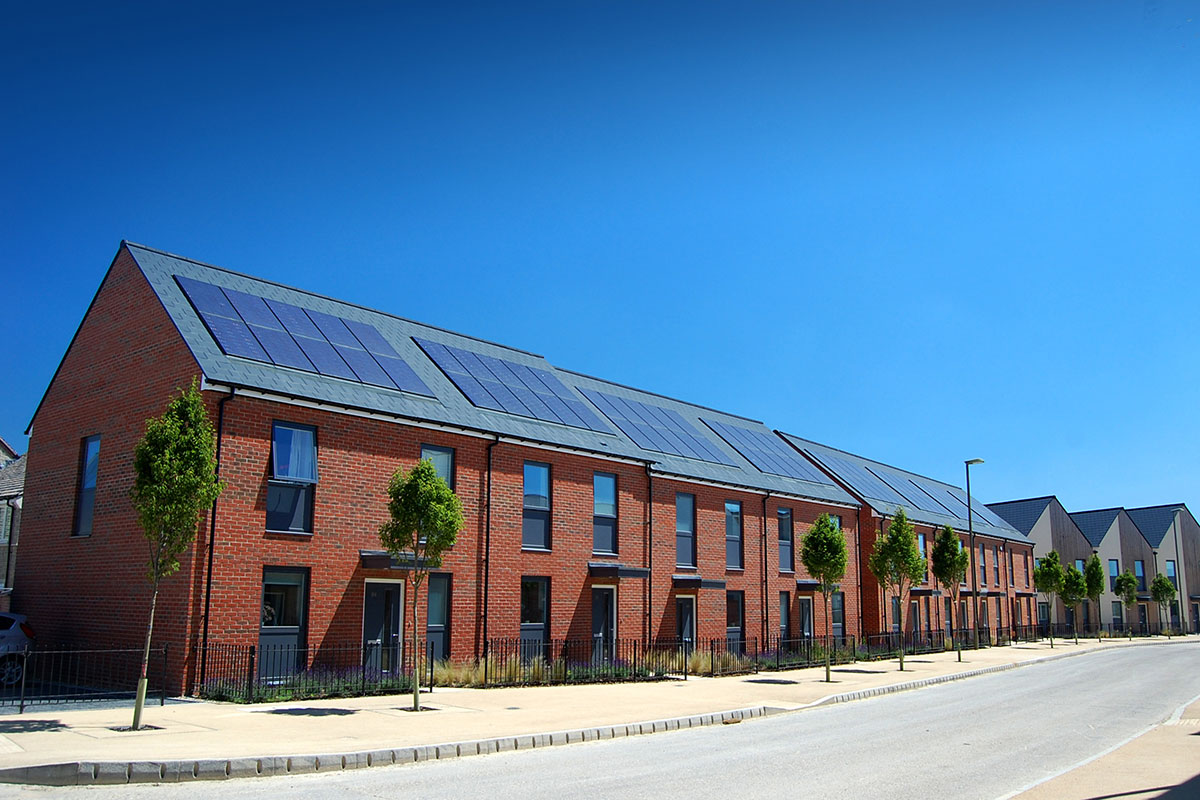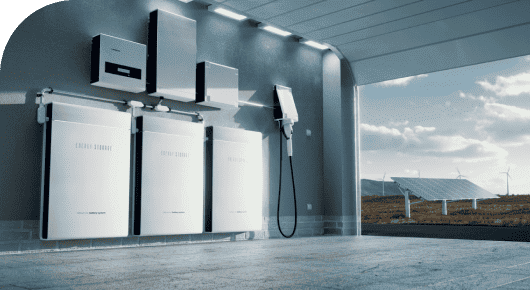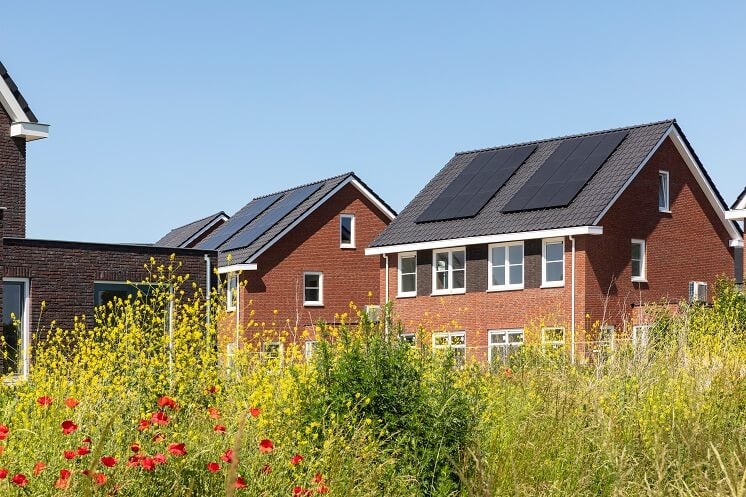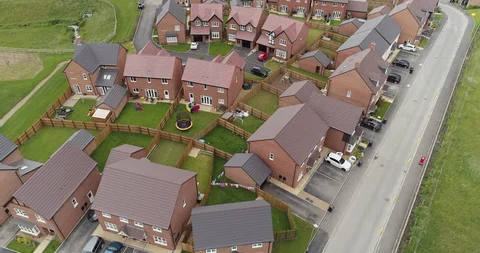Our New Build Installation Process
A streamlined approach, perfectly aligned with your construction timeline, ensuring a hassle-free new build solar experience.
Planning & Design
We collaborate closely with your architect and construction team from the early stages to design the optimal integrated solar system for your new property, considering roof orientation, structural needs, and aesthetic goals.
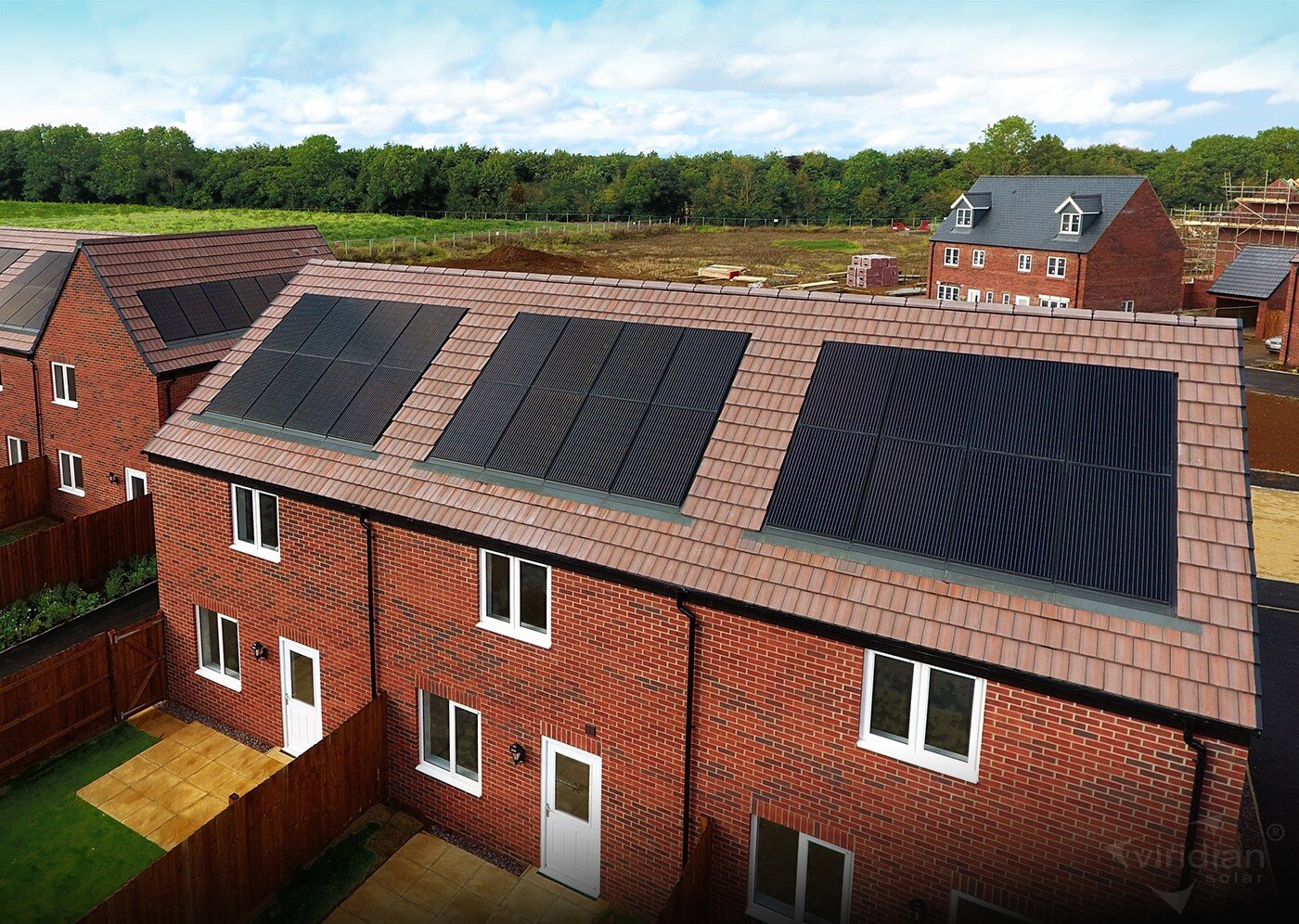
Pre-Installation Preparation
Coordinating with your builders, we ensure all necessary structural provisions (e.g., roof reinforcements, fixing points) and electrical prerequisites (e.g., cable routing pathways) are seamlessly integrated during the build.
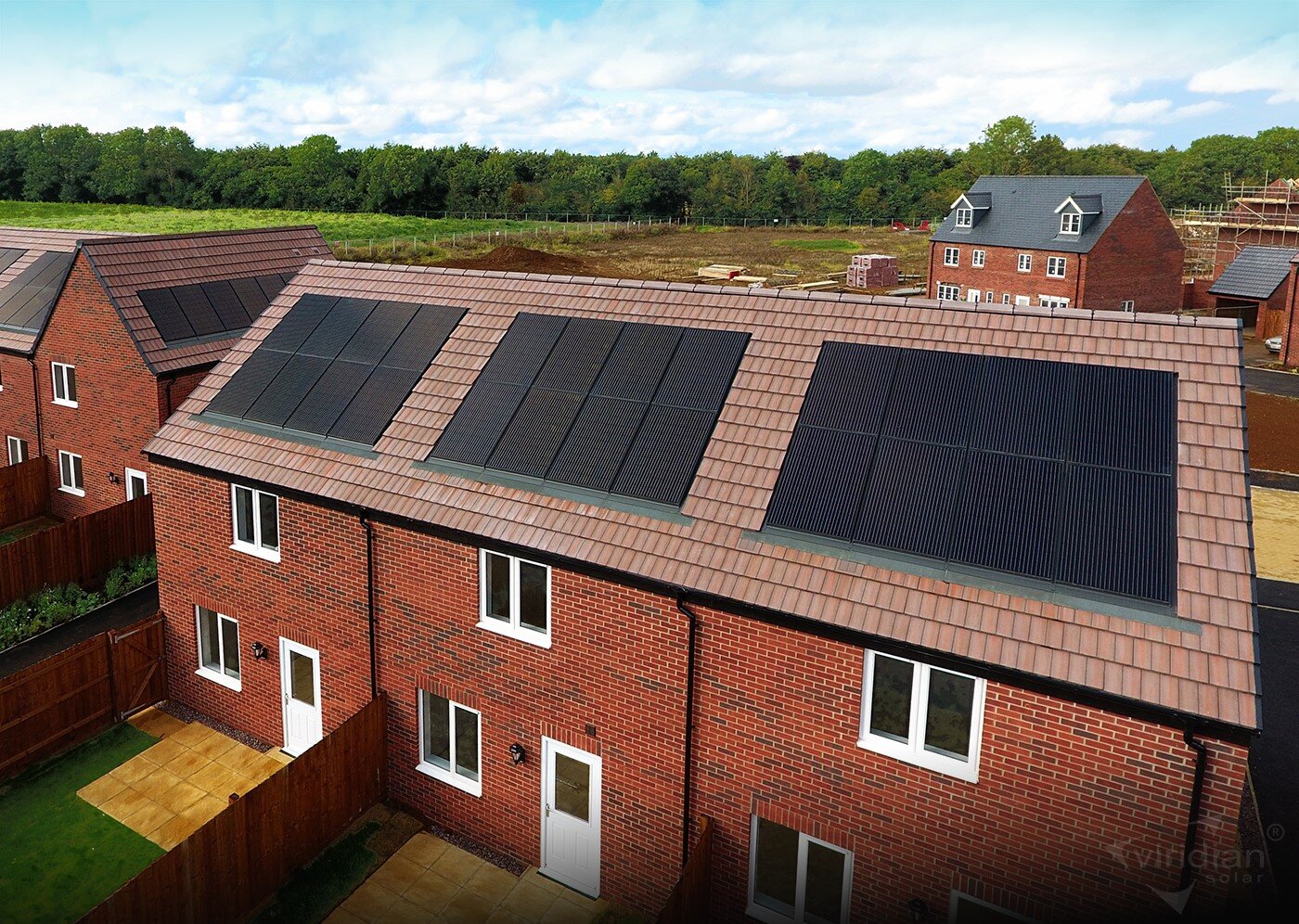
Structural Integration
At the optimal construction phase (typically post-roof structure, pre-tiling/slating), we install the mounting systems. For integrated systems, this happens concurrently with roofing.
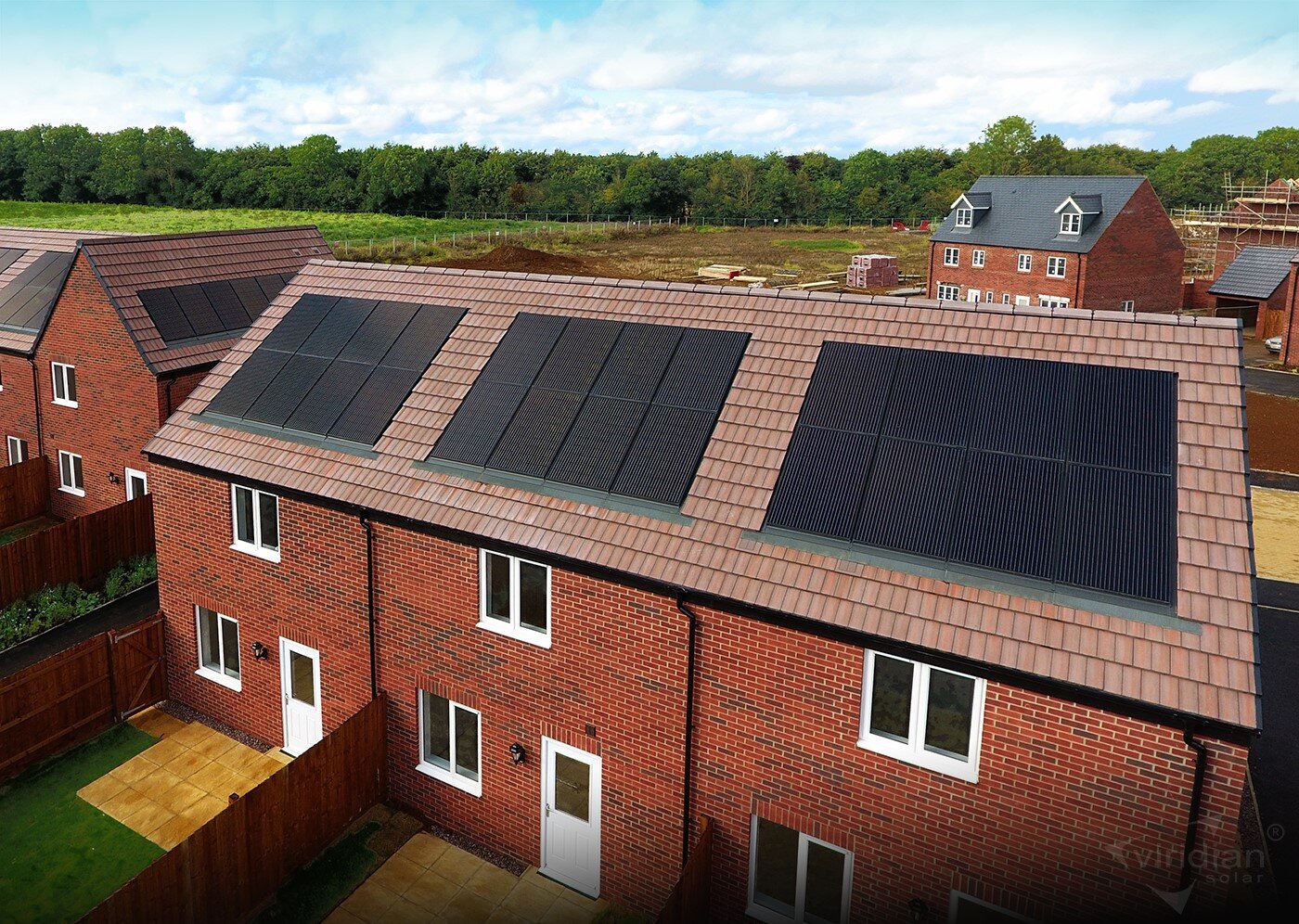
Panel Installation
Solar panels are carefully installed onto the prepared mounting system, timed perfectly within the construction schedule to prevent interference with other trades and ensure protection.

Electrical Connections & Commissioning
Our certified electricians finalize all electrical connections for the new home solar installation, including inverters, safety isolators, and integration with the property's main distribution board, followed by system commissioning.

Handover & Documentation
Upon completion and successful testing, we provide a full handover pack including warranties, MCS certification, system diagrams, and user manuals, ensuring a smooth transition for the new homeowner.
